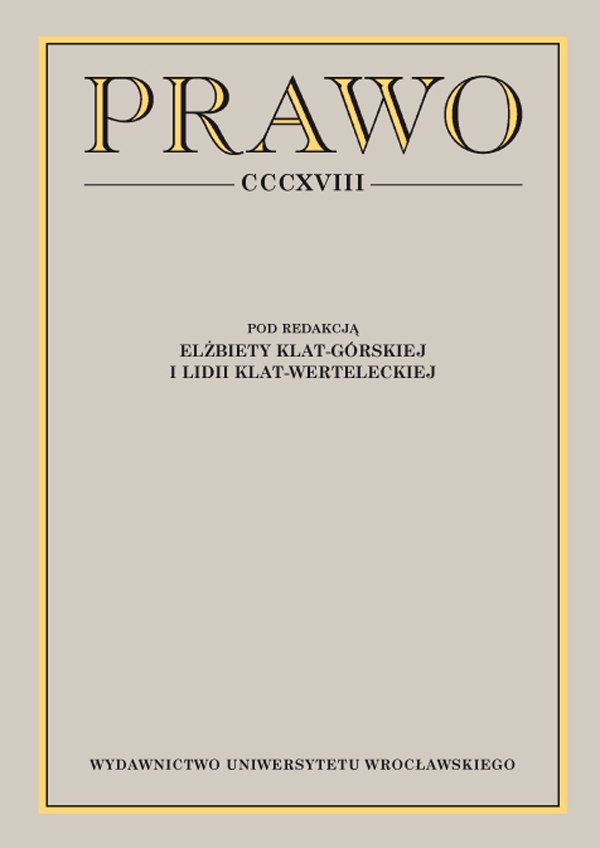

Artykuły

An ecophysiographic study in area planning and development as the basis of balanced development
The notion of a “balanced development” can be analyzed from various perspectives. Although it was originally formed in philosophical discourse, later it started to be used also in law. An increasing number of countries, among them also Poland, endeavour to make the principle of balanced development the basis of their legal domestic law. Pursuant to Article 5 of the Polish Constitution of 2 April 1997, “The Republic of Poland guards the independence and integrity of its territories, guarantees human rights, freedom and safety to its citizens, protects national heritage and environment, relying on the principle of balanced development”.
The consitutional principle of balanced development, which is the basis of Polish domestic law, costitutes the main factor determining Polish institutions, such as those described in the Act of 27 April 2011 on the law of preservation of environment. They stipulate the activity of the entities of public administration as well as the behaviour of regular citizens, giving the necessity to protect various values as their main justification. What is more, by imposing on the planning entities a duty to stick to ecophysiographic study, they affect the process of creating and passing the projects of planning acts, regulated by the Act of 27 March 2003 on area development and planning.
Thus an ecophysiographic study seems to constitute a document which reflects the principle of balanced development. The authors propound a thesis that an ecophysiographic study is a premise of balanced development in area planning, which is indicated by both the structure of the study as well as its location in the formalized procedure and the effects of the lack thereof. All the aforementioned issues are the subject of the following analysis.